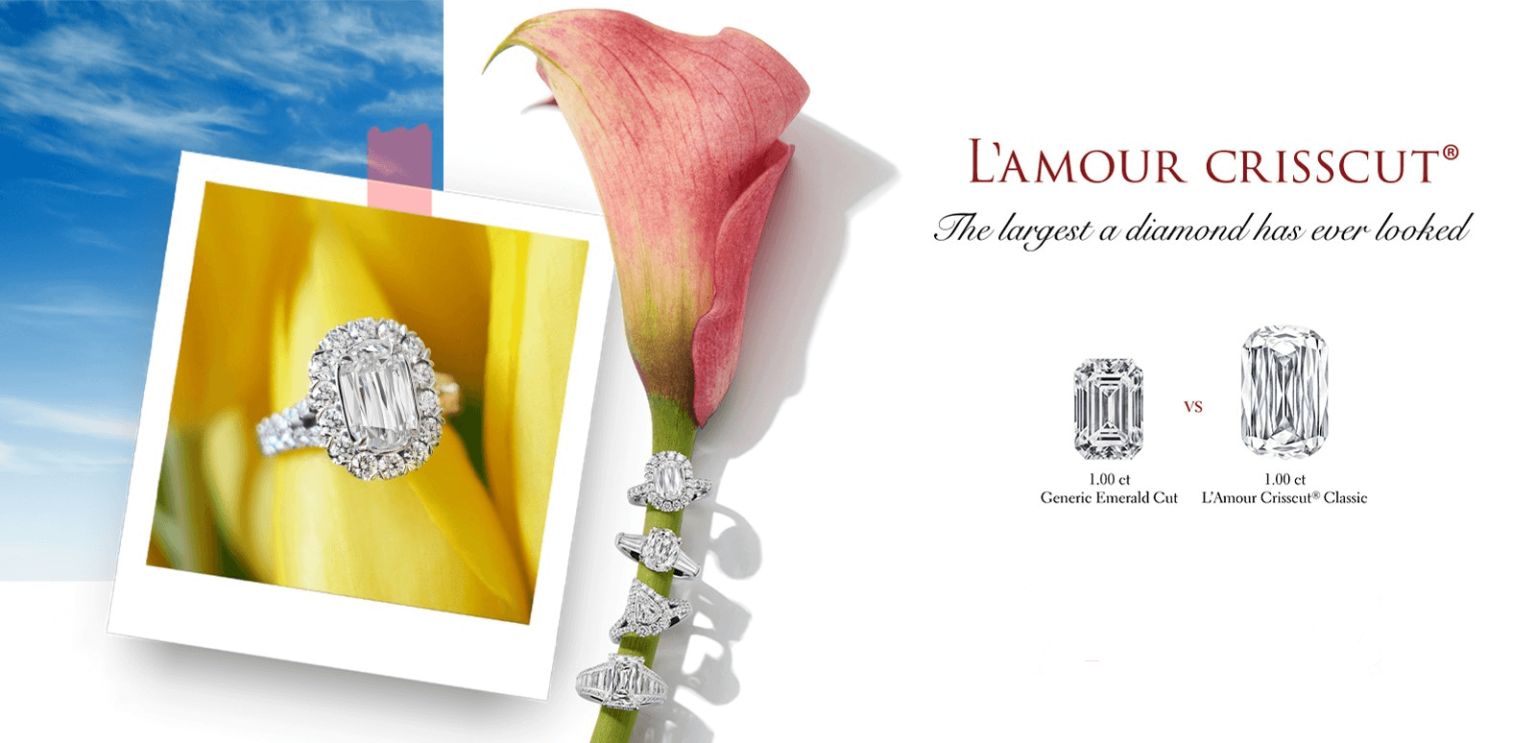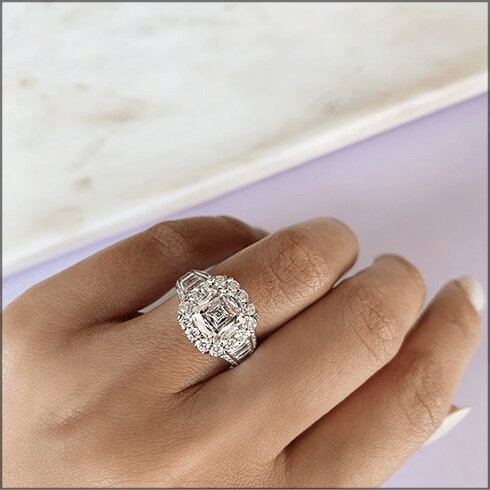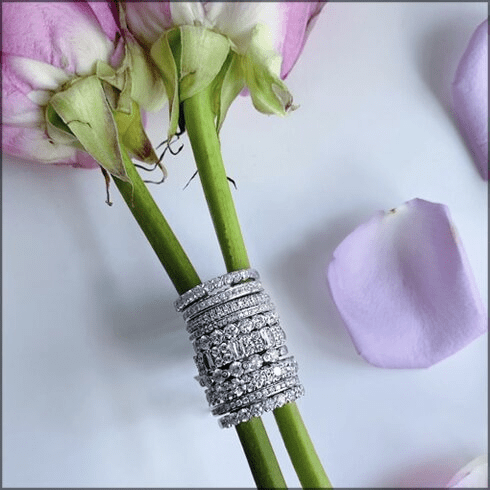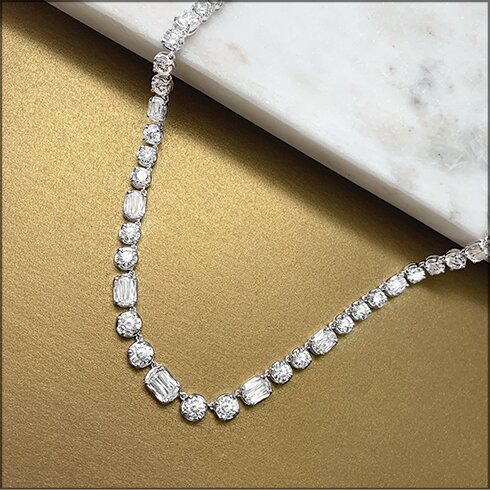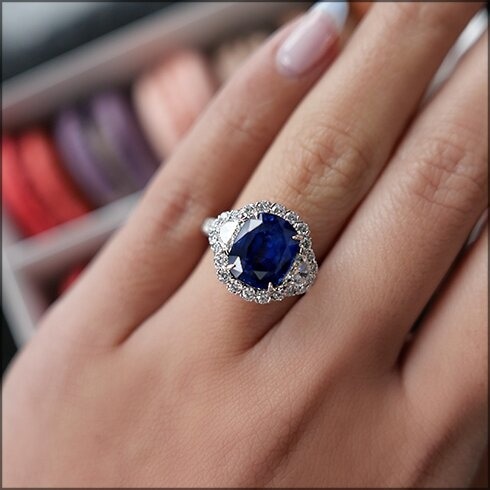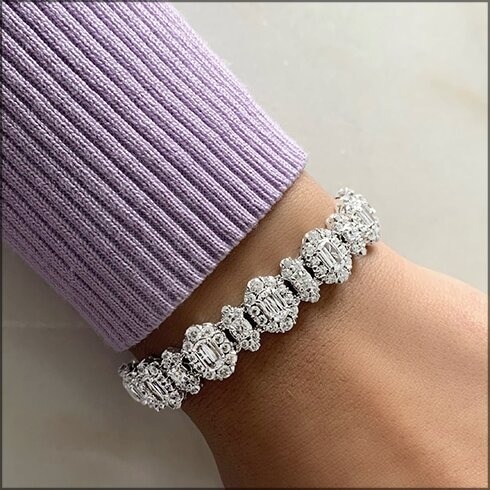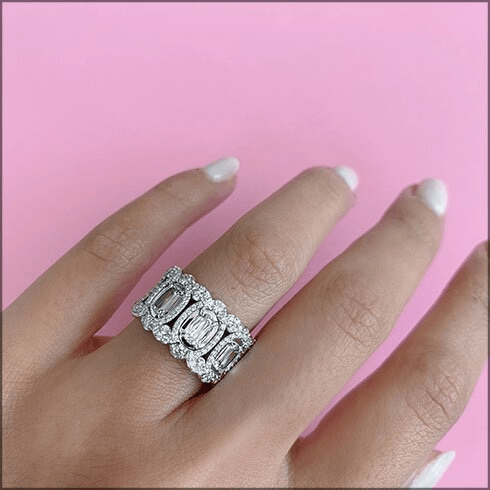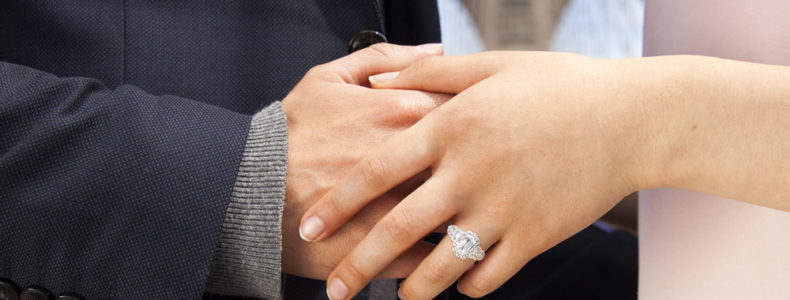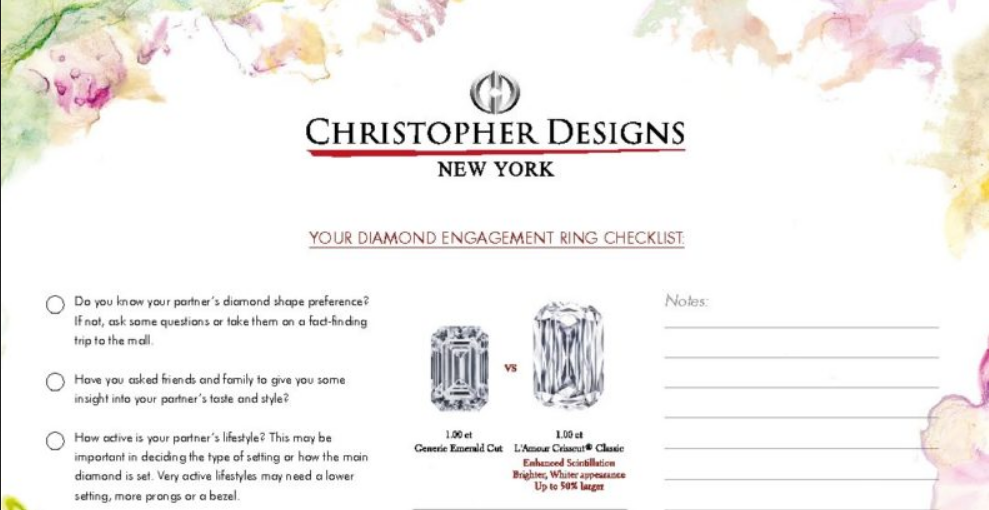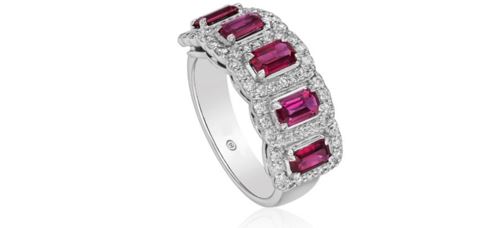Why diamond cut is the most important of the 4Cs
04/16/2018
By Jennifer Heebner
When results of The Knot’s most recent Engagement Ring Trends & Insights Report debuted in October 2017, many were not surprised by top findings: stone cut remains a bride’s top priority when choosing an engagement ring.
Just as with hairstyles, a good cut makes a big difference in public presentation. According to the Gemological Institute of America (GIA), the nation’s premier gemological laboratory and educational institution, how diamonds are cut relates to a stone’s facets and angles. These affect a stone’s overall appearance or “Wow” factor—the expression elicited at the sight of sparkle! A good cut makes a lower color grade look brighter, whiter, and more brilliant, thereby stretching a couple’s budget further in the engagement-ring-shopping process.
“A beautifully finished (cut) diamond is dazzling; every facet displays the craftsman’s skill and care,” explains GIA in an article on its website dubbed Diamond Cut: The Wow Factor. “When it interacts with light, each facet and angle affects the amount of light returned to the eye. This is what gives a diamond its face-up appearance and what makes it appealing—or not.”
Severine Ferrari, editor-in-chief of Engagement101.com, talks to brides often about what they want in a ring. Not surprisingly, many want a larger center stone than budgets allow. When this happens, she is quick to educate them on lines with unique diamond cuts that offer a more robust bang-for-their-buck look. “Demand for bigger center diamonds has opened the market for special cuts such as the L’Amour Crisscut®—cuts with a larger girdle making the diamonds look up to 50 percent larger,” she explains. (Also on the horizon: L’Amour Crisscut® cushion cuts that actually appear 60 percent larger!)
For sure, Crisscut® and L’Amour Crisscut® diamonds are cut for maximum light return thanks to engineering techniques created by founder Christopher Slowinski. His study of light performance—reflection and refraction of light within diamonds—as well as proper proportions and angles of facets made Slowinski realize that diamond pavilions were a pricy waste of materials. Why? The bulk of diamond weight beneath girdles remains unseen to viewers, and that carat weight factors into stone pricing. This is why his proprietary cut stones maximize size and weight distribution by abandoning that old school iceberg-cut effect. Instead, L’Amour Crisscut® diamonds are broader and less deep, eliminating the bulky unseen bottom pavilions to ensure light travels faster through the diamond for quicker reflection. The end result? Stones appear whiter, brighter, and more sparkly, and dollars stretch farther to get that bigger look she wants.
